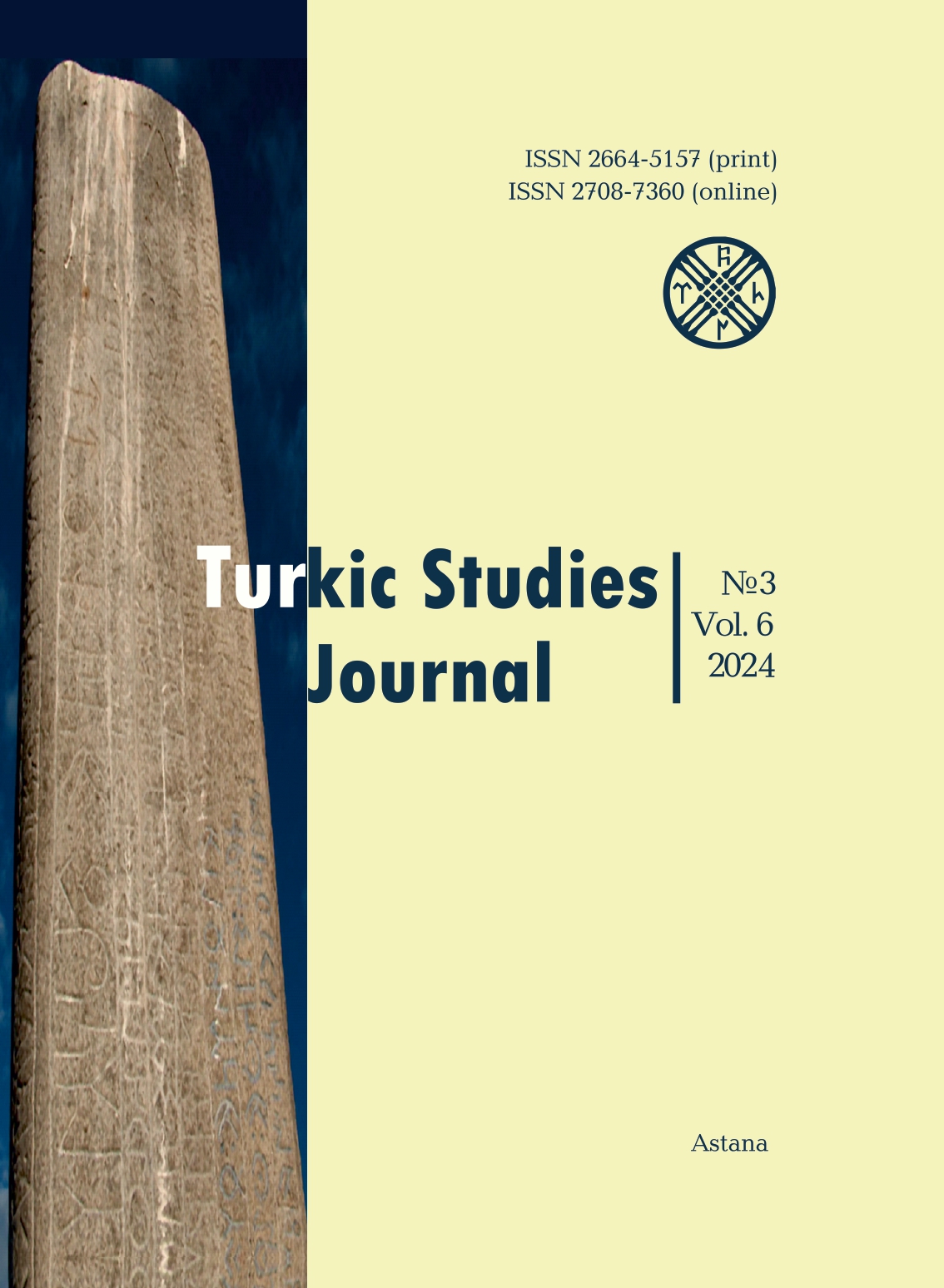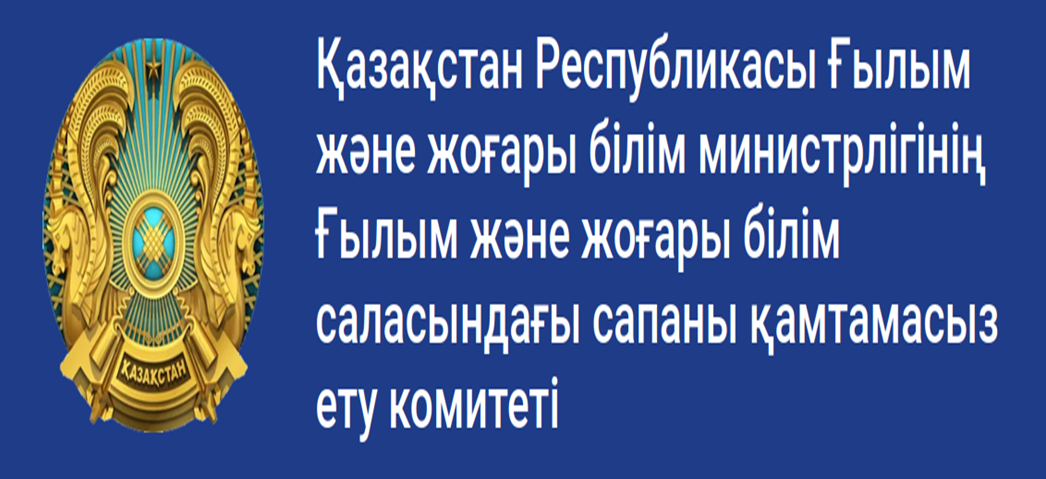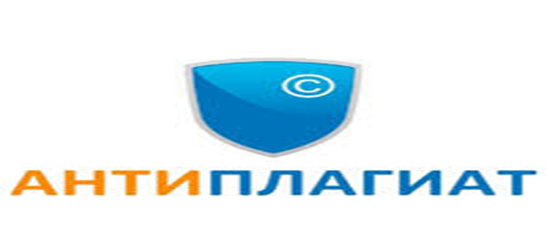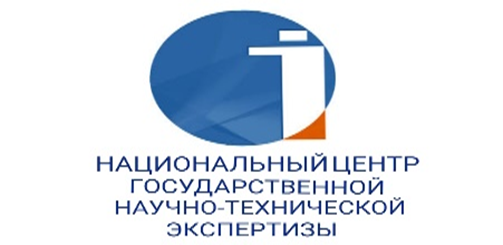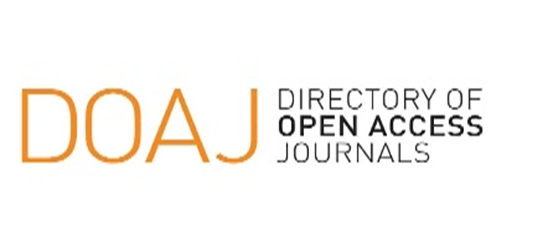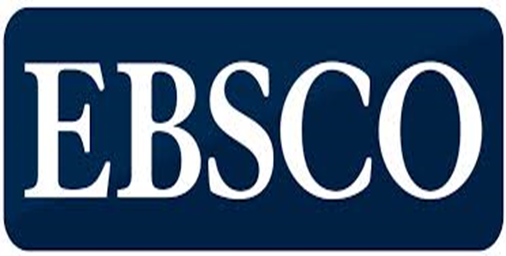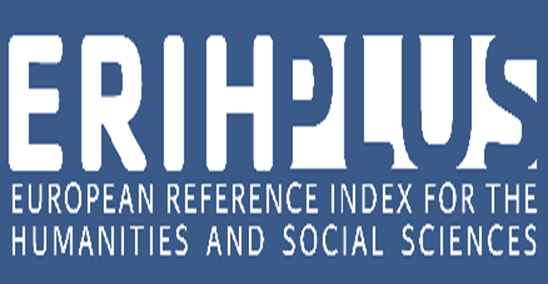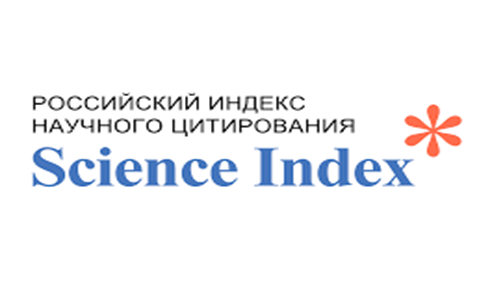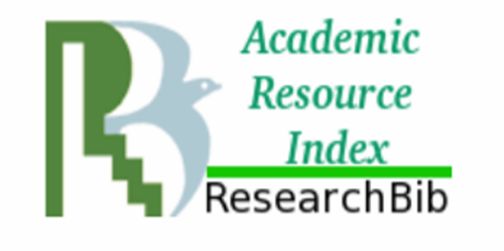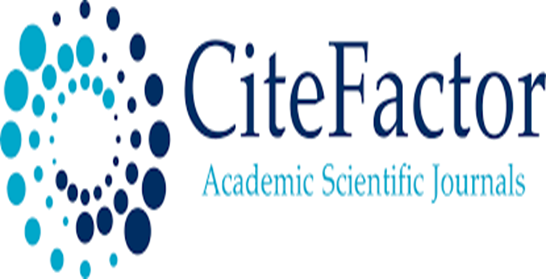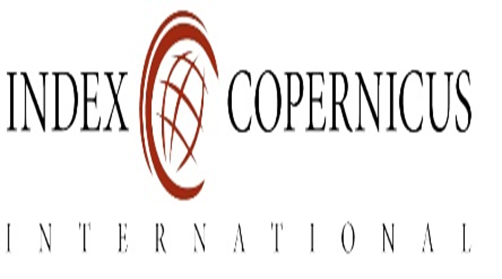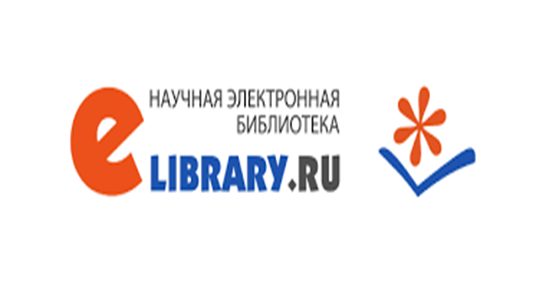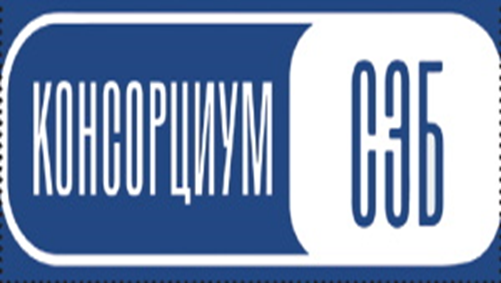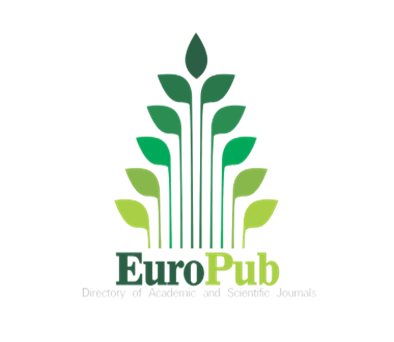Some aspects of the social structure and authority of the Ancient Turks in written sources of the 8th-11th centuries
Views: 389 / PDF downloads: 221
DOI:
https://doi.org/10.32523/2664-5157-2024-3-31-50Keywords:
runic writing, ancient Turkic written monuments, Orkhon inscriptions, state structure, Kul Tigin, “Kutadgu Bilig”, Turkic state, museum exhibits.Abstract
The ancient Turkic script, which became the foundation for the writing systems of the Turkic-speaking peoples of the Eurasian steppes and Transcaucasia, was developed in the 6th-7th centuries. Written documents from the ancient Turks have been preserved in the form of stone stelae, brief inscriptions, and personal notification. The analysis of these texts provides insights into the political, economic, and social history of the ancient Turkic era. This article examines aspects of the state structure of the Turkic peoples from the 6th to the 15th centuries as indicated by written monuments displayed at the National Museum
of the Republic of Kazakhstan. The sources for this article include copies of the stelae of Kul Tigin, Tonyukuk, El Etmish Bilge Khagan, as well as monuments from the ancient Uighur period, specifically the Doloodoyn monuments. Additionally, translations of Mahmud al
Kashgari’s “Diwan-i Lughat al-turk” and Yusuf Balasaguni’s “Kutadgu Bilig” are considered to discuss the political structure of the Turkic
states. These sources are available in the Ancient Turkic Civilization exhibition halls and the Hall of the History of Kazakhstan from the 13th to the 20th centuries at the National Museum of Kazakhstan.
Downloads
Reference
Баласагуни Ю., 1990. Благодатное знание. Ленинград. 560 с.
Бартольд В., 1899. Новые исследования oб орхонских надписях// Журнал Министерства народного просвещения. Ч. CCCXXV. Санкт-Петербург. С. 231-250.
Бартольд В.В., 1993. Двенадцать лекций по истории турецких народов Средней Азии. Алматы. 192 с.
Бернштам A., 1946. Социально-экономический строй орхоно-енисейских тюрок VI-VIII веков. M.-Л.: Изд-во АН СССР. 211 с.
Васютин С.А., 2014. Племенная иерархия и статус племенных объединений в имперских системах тюркских каганатов (середина VI – первая половина VIII вв.)// Вестник Кемеровского государственного университета. 2 (62). Т.6. Кемерово. С. 12-17.
Дробышев Ю.И., 2018. Тюркский каган и сасанидский шаханшах: к вопросу об идеологических заимствованиях древних тюрков у иранцев. Тюркские кочевники в Азии и Европе: цивилизационные аспекты истории и культуры. М. С. 126-145.
Егеубай А., 2006а. Махмұт Қашқари “Диуани лұғат-ит-түрік” (ХІ ғ.). Махмұт Қашқари. Түрік сөздігі. Алматы.
Егеубай А., 2006б. Түркі әлемінің ұлы мұрасы. Жүсіп Хажыб Баласағұн. Құтты білік. Алматы. 62 б.
Жолдасбеков М., Досымбаева А., 2013. Западный Тюркский каганат. Астана: Service Press. 848 с.
Жолдасбеков М.Ж., Сарткожаулы К., 2006. Атлас Орхонских памятников. Астана: Күлтегін. 360 с.
Жумаганбетов Т.С., 2006. Древнетюркский каганат: становление и развитие государственности. VI-VIII вв. Алматы: ААЭС. 395 с.
Зуев Ю., 2002. Ранние тюрки: очерки истории и идеологии. Алматы: Дайк-Пресс. 338 с.
Кашгари М., 2005. Диван Лугат ат-Турк. Алматы: Дайк-Пресс. 1288 с.
Келимбетов Н., 2011. Древние литературные памятники тюркских народов. Алматы. 244 с.
Клеменц Д., 1892. Письмо на имя академика Радлова. Сборник трудов Орхонской экспедиции. Санкт-Петербург. 13 с.
Клеменц Д., 1895. Археологический дневник поездки в Среднюю Монголию в 1891 г. СПб. 76 с.
Кляшторный С.Г., 2003. История Центральной Азии и памятники рунического письма. СПб. 560 с.
Кляшторный С.Г., Савинов Д.Г., 2005. Степные империи древней Евразии. СПб. 346 с.
Кубатин A.В., 2016. Система титулов в тюркском каганате: генезис и преемственность. Ташкент. 192 с.
Малов С.Е., 1951. Памятники древнетюркской письменности. Тексты и исследования. М.-Л.: Издательство АН СССР. 452 с.
Письменная цивилизация древнетюрской эпохи и древнеуйгурского периода (VI-XIV вв.), 2023. Алматы: ОФ “МКНИИК”. 320 с.
Полное собрание законов Российской империи. Собрание (1649-1825). Том 5 (1713-1719): Законы (2620-3479). С. 541-542. [Электронный ресурс]. – URL: https://nlr.ru/e-res/law_r/search.php (дата обращения: 04.01.2024).
Радлов В.В., 1890. Кутадку-биликь. Факсимиля уйгурской рукописи. Императорской и Королевской придворный библіотеки вь Вьнь. Изданный по поручению Императорской С. Петербургской Академіи наукь. СПб. 200 с.
Самашев З.С., 2022. Образ тюркского кагана в торевтике малых форм (по материалам культово-поминального комплекса Елеке Сазы в Восточном Казахстане)// Теория и практика археологических исследований. 4. Т.34. С. 163-190. DOI: https://doi.org/10.14258/tpai(2022)34(4).-10
Самашев З.С., Айткали А.К., Толегенов Е., 2022. К вопросу о сакрализации образа кагана// Поволжская археология. 2(40). С. 21-34.
Савинов Д.Г., 2021. Культурно-хронологическая атрибуция рисунков памятников археологии из рукописи Д.Г. Мессершмидта “Sibiria Perlustrata” // К 300-летию начала экспедиции Даниэля Готлиба Мессершмидта в Сибирь (1719–1727) : сб. статей / [сост. Е. Ю. Басаргина, Л. Д. Бондарь, И. В. Тункина]; отв. ред. чл.-корр. РАНИ. В. Тункина; СПбФ АРАН. СПб.: Реноме. 352 с.
Серегин Н.Н., Тишин В.В., 2017. Социальная история тюрков Центральной Азии (вторая половина I тыс. н.э.). Часть 1: Очерки социальной структуры (по письменным и археологическим источникам). Барнаул: Изд-вo Aлт.ун-тa. 344 с.
Тишин В., 2015. Некоторые вопросы изучения социальной организации древних тюрков VIVIII вв. на основе данных o тамгах// Российская тюркология. № 1(12). С. 40-54.
Тункина И.В., Савинов Д.Г., 2017. Даниэль Готлиб Мессершмидт: У истоков сибирской археологии. Спб: ООО “ЭлекСис”. 168 с.
Тюркология. История всемирной тюркологии, 2016. Алматы: Раритет. 448 с.
Хабдулина М.К., 2022. История создания музея-заповедника «Бозок»// Turkic Studies Journal. 2 (Т.4). С. 116-129. DOI: http://doi.org/10.32523/2664-5157-2022-2-116-129 DOI: https://doi.org/10.32523/2664-5157-2022-2-116-129
Шаймердинова Н., 2009. Репрезентация в языке древнетюркской картины мира. Астана. 252 с.
Шаймердинова Н., 2014. Древнетюркская картина мира в текстах письменных памятников. Астана: ЕНУ. 261 с.
Asım N., 1921. Orhon Abideleri. Istanbul. 250 p.
Erdal M., Kubarev G.V., 2019. A Runic Inscription at Sarykoby (Southeastern Altai). Archaeology, Ethnology & Anthropology of Eurasia. 47(4). P. 93-98. https://doi.org/10.17746/15630110.2019.47.4.093-098 DOI: https://doi.org/10.17746/1563-0102.2019.47.4.093-098
Golden P.B., 1992. An indtroduction tot he history oft he Turkic Peoples. Ethnogenesis and State
Formation in Medieval and Early Modern Eurasia and the Middle East. Wiesbaden: Otto Harrassowitz. 483 p.
Kairzhanov A., Shaimerdinova N., Mussabekova U., Mayemerova A., Shaldarbekova A., 2018.
Hypotheses about the Origin of the Turkic Runic Alphabet. Analele Universităţii din Craiova. Seria Ştiinţe Filologice. Lingvistică 1-2. P. 69-76.
Keleş E., 2020. İlhanlı sivil ve askeri teşkilatında Uygur Türkleri ve Anadolu’da Uygur mirası üzerine. Turkish Studies-History, 15(3). P. 931-941. https://dx.doi.org/10.47846/TurkishStudies.44542 DOI: https://doi.org/10.47846/TurkishStudies.44542
Medyntseva A.A., Koval V.Y., Badeev D.Y., 2019. Turkic Inscriptions in Cyrillic on 14th-15th Century Eastern European Lithic Artifacts. Archaeology, Ethnology & Anthropology of Eurasia. 47(4). P. 105-111. https://doi.org/10.17746/1563-0110.2019.47.4.105-111 DOI: https://doi.org/10.17746/1563-0102.2019.47.4.105-111
Radloff W., 1895. Die Alttürkischen Inschriften der Mongolei. S. Petersburg. 57 p.
Rifat K.M., 1917. Mahmed b.al-Husayn b. Muhammad al-Kaşghari Kitab diwan-i lughat al-Turk. Istanbul.
Rogozhinsky A.E., Cheremisin D.V., 2019. The Tamga Signs of the Turkic Nomads in the Altai and Semirechye: Comparisons and Identifi cations. Archaeology, Ethnology & Anthropology of Eurasia. 47(2). P. 48-59. https://doi.org/10.17746/1563-0110.2019.47.2.048-059 DOI: https://doi.org/10.17746/1563-0110.2019.47.2.048-059
Tekin T., 2014. Orhon Yazıtları. Ankara. 232 s.
Thomsen V., 2011. Orhon yazıtları araştırmaları. Ankara. 453 p.
TURK BITIG. [Электронный ресурс]. – URL: TURK BITIG (https://bitig.kz/?lang=r&mod=1) (дата обращения: 04.01.2024).
Stark S., 2008. Die Alttürlenzeit in Mittel- und Zentralasien. Archäologische und historische Studien. Nomaden und Sesshafte 6. Wiesbaden: Dr. Ludwig Reichert Verlag
Zsidai Zs., 2018. Some thoughts on the translation and interpretation of terms describing Turkic Peoples in Medieval Arabic sources. Hungarian Historical Review 7.1. P. 57-81.

